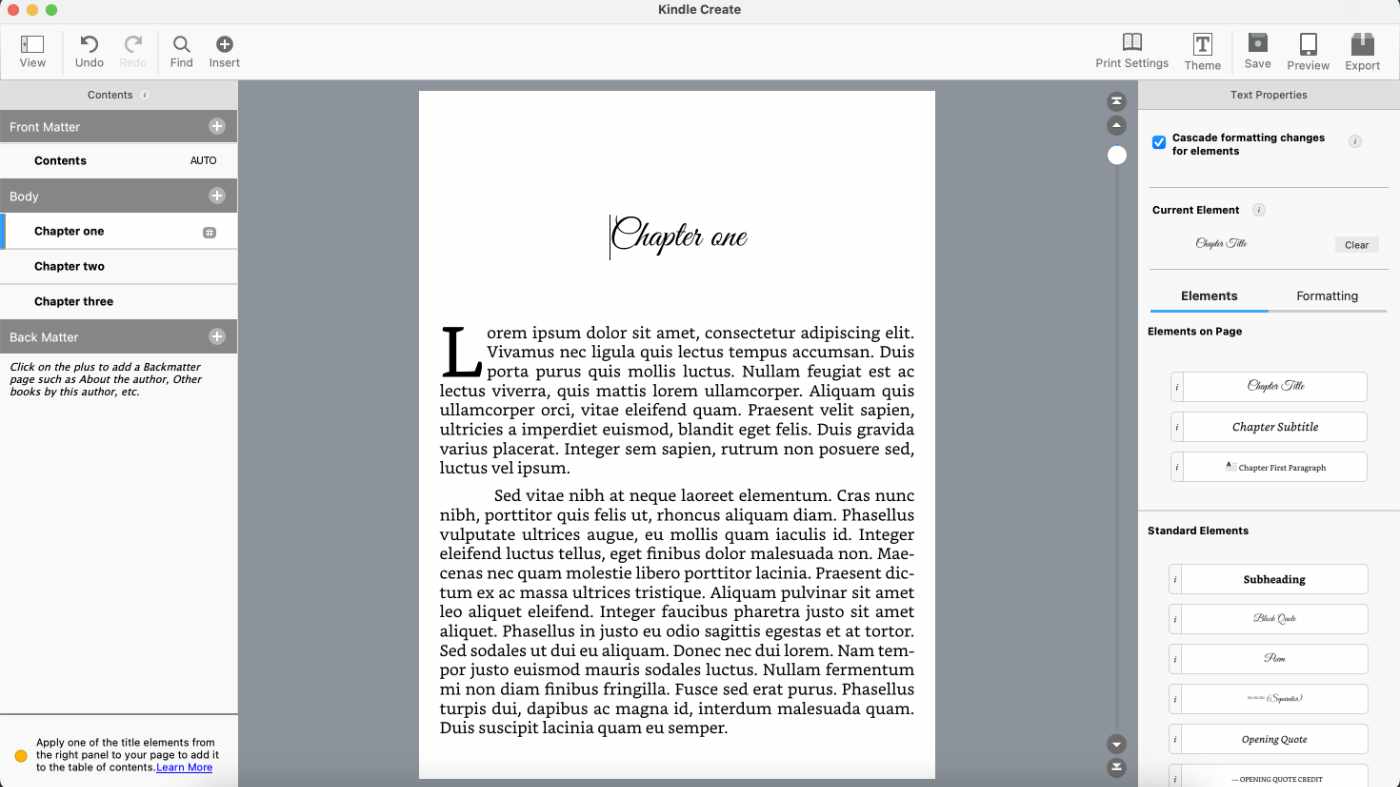We use cookies on this site to enhance your user experience
By clicking the Accept button, you agree to us doing so. More info on our cookie policy
We use cookies on this site to enhance your user experience
By clicking the Accept button, you agree to us doing so. More info on our cookie policy
Published: Aug 12, 2022 by C.S. Rhymes
Last year I wrote a post about testing Laravel Livewire validation rules with PHP Unit. This post uses the same techniques as that post, but shows how to transfer it to Pest instead of PHP Unit.
If you haven’t heard of Pest before then here is a description from the Pest website.
Pest is a Testing Framework with a focus on simplicity. It was carefully crafted to bring the joy of testing to PHP.
Rather than writing standard PHP classes, it allows you to write tests in a more readable way, using test() or it() to describe the test in a more fluent way. If you have written tests in JavaScript before then this may seem very familiar to you.
Pest is a PHP testing framework built on top of PHP Unit and is not framework specific. Instead there are a range of plugins that allow you to use it with different tools and frameworks.
To get started with Laravel we can run the below commands to install Pest and the Pest plugin for Laravel, then use artisan to set up our Laravel project to start using Pest.
composer require pestphp/pest --dev --with-all-dependencies
composer require pestphp/pest-plugin-laravel --dev
php artisan pest:install
For Livewire, we need to install the Pest plugin for Livewire.
composer require pestphp/pest-plugin-livewire --dev
We can then run ./vendor/bin/pest or php artisan test to run our tests.
Below is the test from the original article (Testing validation rules in a Livewire component).
<?php
namespace Tests\Feature;
use App\Http\Livewire\ProfileForm;
use Illuminate\Foundation\Testing\RefreshDatabase;
use Tests\TestCase;
class ProfileValidationTest extends TestCase
{
use RefreshDatabase;
/**
* @test
* @dataProvider validationRules
**/
public function test_validation_rules($field, $value, $rule)
{
$user = User::factory()->create();
$anotherUser = User::factory()->create(['email' => 'duplicate@email.com'])
Livewire::actingAs($user)
->test(ProfileForm::class, ['user' => $user])
->set($field, $value)
->call('save')
->assertHasErrors([$field => $rule]);
}
public function validationRules()
{
return [
'name is null' => ['user.name', null, 'required'],
'name is too long' => ['user.name', str_repeat('*', 201), 'max'],
'email is null' => ['user.email', null, 'required'],
'email is invalid' => ['user.email', 'this is not an email', 'email'],
'email is not unique' => ['user.email', 'duplicate@email.com', 'unique'],
'bio is null' => ['user.bio', null, 'required'],
'bio is too short' => ['user.bio', str_repeat('*', 8), 'min'],
'bio is too long' => ['user.bio', str_repeat('*', 1001), 'max'],
];
}
}
To summarise, we create a test that accepts the field to test, the value and the validation rule that we expect to fail. This data is then passed into the test using a data provider, reusing the same test for the multiple datasets.
The first thing that stands out is that you don’t need to create a PHP class, just a PHP file that ends in Test.php
As we need a user for the email we need to use the RefreshDatabase trait.
<?php
use Illuminate\Foundation\Testing\RefreshDatabase;
uses(RefreshDatabase::class);
Next we need to use the Livewire pest function to test our Livewire component, so let’s include that in our use statements, as well as the ProfileForm Livewire component we want to test.
<?php
use App\Http\Livewire\ProfileForm;
use Illuminate\Foundation\Testing\RefreshDatabase;
use function Pest\Livewire\livewire;
uses(RefreshDatabase::class);
Now we can start writing our test. We want to test the validation rules on the profile form component.
Rather than using the Livewire facade, we can use the livewire() function from the Pest Livewire plugin. We pass in the Livewire component class we want to test, then we can chain on other methods, such as set, call, assertSet, etc. as we would normally.
<?php
// use ...
it('tests the ProfileForm validation rules', function () {
livewire(ProfileForm::class)
->call('save')
->assertHasErrors();
})
Rather than using a data provider, Pest has a with() method to chain on the dataset for your test. This is called an inline dataset.
You can also create reusable, shared datasets using dataset('my-dataset', []) and then call it in the with('my-dataset') after the it().
The dataset is an array, but as per the PHP Unit data provider, it’s beneficial to set a description for each dataset item so you can easily understand which dataset passes and which may fail.
Now we can put it all together and create the finished test.
<?php
use App\Http\Livewire\ProfileForm;
use App\Models\User;
use Illuminate\Foundation\Testing\RefreshDatabase;
use function Pest\Livewire\livewire;
uses(RefreshDatabase::class);
it('tests the ProfileForm validation rules', function (string $field, mixed $value, string $rule) {
$user = User::factory()->create();
$anotherUser = User::factory()->create(['email' => 'duplicate@email.com']);
$this->actingAs($user);
livewire(ProfileForm::class, ['user' => $user])
->set($field, $value)
->call('save')
->assertHasErrors([$field => $rule]);
})->with([
'name is null' => ['user.name', null, 'required'],
'name is too long' => ['user.name', str_repeat('*', 201), 'max'],
'email is null' => ['user.email', null, 'required'],
'email is invalid' => ['user.email', 'this is not an email', 'email'],
'email is not unique' => ['user.email', 'duplicate@email.com', 'unique'],
'bio is null' => ['user.bio', null, 'required'],
'bio is too short' => ['user.bio', str_repeat('*', 8), 'min'],
'bio is too long' => ['user.bio', str_repeat('*', 1001), 'max'],
]);
Have a read through the Pest docs to see the full range of features available. I’m still getting started with using it myself, but one of the really nice features I have found is the ability to run beforeEach() so you can do your set up in one method and it will be run before each test in the file.
An example of this is creating an admin user for all of the tests that need an admin user. Each test in the file will have access to $this->adminUser.
<?php
use App\Models\User;
use function Pest\Laravel\get;
beforeEach(function () {
$this->adminUser = User::factory()
->create(['is_admin' => true]);
});
it('allows an admin to view manage users page', function () {
actingAs($this->adminUser)
->get('/manage-users')
->assertOk();
});
Share
Latest Posts

Amazon KDP gives you a basic text editor for your book’s blurb, but here are five observations that I have made from researching other books. All of the examples are taken from Mystery books in the Amazon UK store.

I have seen a few posts on Threads recently asking what software people use to format their books. This is one option out of many, but I thought I would share my current workflow to give authors an insight into the pros and cons.

There are lots of possible hosting solutions available for Laravel, from Forge, to Vapor to the new Laravel Cloud. I’ll start out by saying that these other solutions are much easier to get up and running than beanstalk, but I thought I’d share some of the “fun” I had getting it up and running.

Unlooked for Tales - a collection of short stories
By C.S. Rhymes
Free on Apple Books and Google Play Books

Nigel's Intranet Adventure
By C.S. Rhymes
From £0.99 or read for free on Kindle Unlimited!